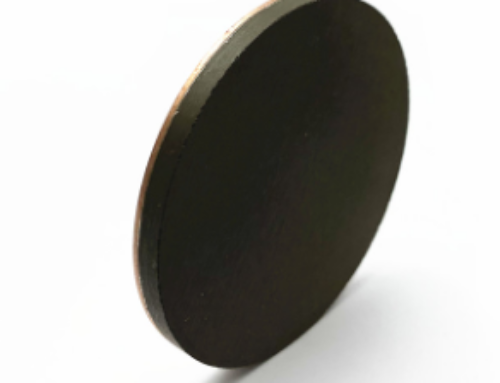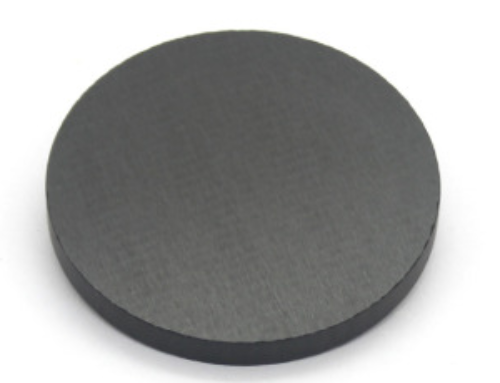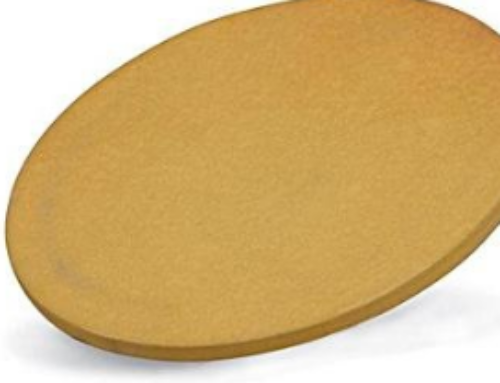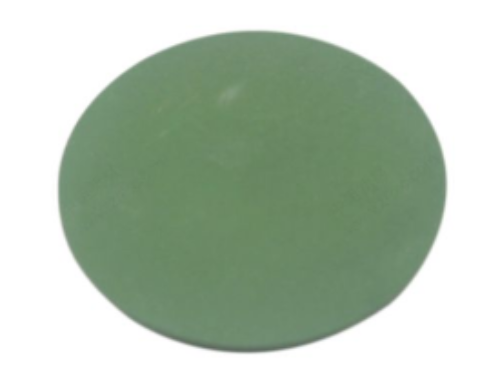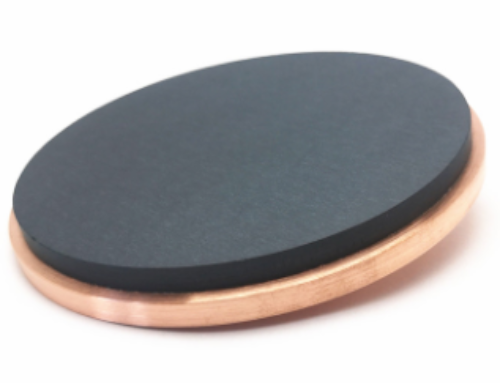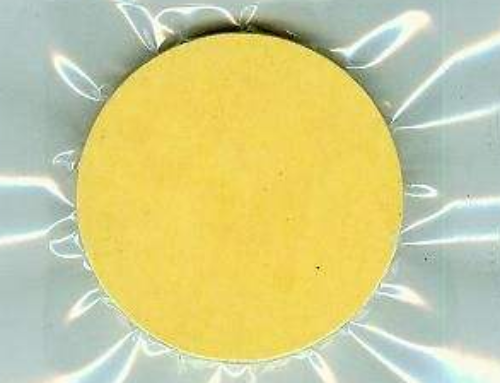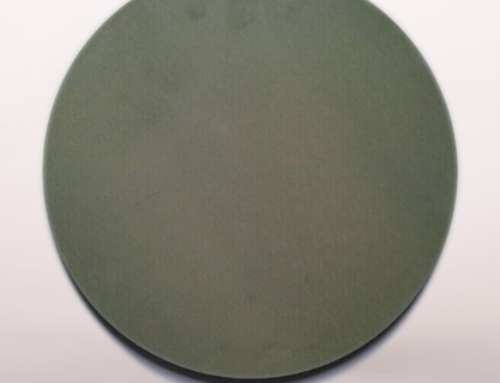Lead Zirconium Titanate Sputtering Target
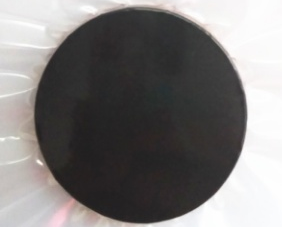
| Product | Lead Zirconium Titanate Sputtering Target (PZT Target) |
| Part Number | SP82-03 |
| CAS Number | 12190-79-3 |
Lead Zirconium Titanate (PZT) is a composite binary or multi-component oxide material. By controlling the proportion of different oxides, we can obtain functional materials with different electrical, magnetic, optical and acoustic properties or materials with different mechanical properties. The most common composition is PbZr0.52Ti0.48O3, but other compositions such as PbZr0.2Ti0.8O3, PbZr0.3Ti0.7O3 and etc are availbe on request.
NCE can provide the Lead Zirconium Titanate (PZT) Sputtering Target with different sizes available on request. Please contact us for more details. Get a Quote Now! For other sputtering targets, please check our Sputtering Targets catalog page.
Typical Applications:
Lead Zirconium Titanate (PZT) is widely used in the addition of polymer materials, ceramic products and other functional materials and devices. It can be used for the scientific experiments or research applications, etc.
Typical Specification
| Material: | Lead Zirconium Titanate (PZT) |
| Purity: | 99.5%, 99.9% |
| Type: | Planar target |
| Shape: | Discs, plates, custom work |
| Typical Dimension: | Diameter: 1”, 2”, 3”, 4”; Thickness: 0.125”, 0.2”, 0.25” |
| Bonding (recommended): | Elastomer, Indium |
∗ Custom-work dimensions or special requirements are available.
Order Information
Inquiries and orders should include the following information:
- Quantity
- Dimensions or drawings
- Bonding service or not (bonding recommended)
Packing and Storage
Standard Packing: Packed in sealed bags with labels. Items will be packed properly to avoid damage during transit.
Storage: Store in dry environment, sealed packages. Handle with care, prevent pressure and collision.
Note:
- Before using, observe whether the surface is clean. Wear clean gloves to operate. Avoid direct contact with materials by hand and avoid contamination by oil and other things.
- Indium bonding: max. operating temperature 150°C; Elastomer bonding: max. operating temperature 250°C.

